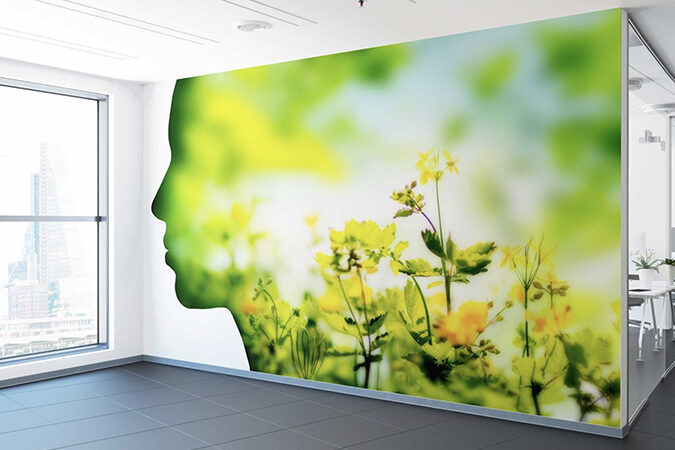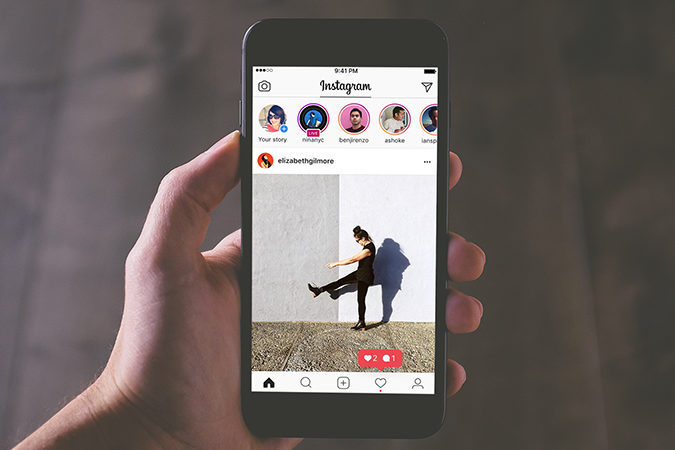
Trade shows have been a foundational event for American businesses for decades. Then, the pandemic changed everything. This disruption forced the industry to embrace virtual and hybrid trade show formats, ushering in a new era of resilience and adaptability for today’s trade shows.
While everyone has put the pandemic firmly in the rearview mirror, the future of trade shows, COVID-19, and the ensuing lockdowns will be forever linked. Those unprecedented challenges accelerated the rise of numerous trade show technology trends, including digitizing these events to create a more immersive experience.
Join us as we explore the future of trade shows, including emerging trade show trends in design and presentation, to maximize engagement and drive conversions.
Is the Future Digital Trade Shows?
During the pandemic, one top trade show booth trend involved transitioning from in-person to virtual events.
However, that doesn’t mean the trade shows will be mired in virtual attendance and augmented reality (AR) experiences. In fact, the trade show industry’s future is brighter than ever, as consumers have flocked back to in-person events by the thousands.
People still care about face-to-face interactions, which is driving trade show future innovations. Instead of shying away from in-person events, exhibitors and attendees embrace them again. However, exhibitors are taking advantage of the technological advancements of the last few years to make their booths more engaging and immersive.
Future digital trade shows will strike the perfect balance between in-person interactions and digital elements. By harmonizing digital experiences with the human element, exhibitors can make trade shows more engaging and memorable.
The digital trade show’s future isn’t 100% virtual. However, technology will play a more prominent role than ever before. The question is, are you ready to stand out against the competition?
The Future of Trade Shows: 5 Trade Show Trends for 2024
As you’ll see, many of the current trends for exhibitors focus on visual presentation and booth layout. Why is the trade show design future such a hot topic right now? Simply put, exhibitors realize that today’s trade show attendees are inundated with digital content, which is engaging, stimulating, and eye-catching.
While traditional presentation strategies still have their place, exhibitors can’t rely on these tactics alone. Instead, they must embrace digital design methods to make their booths more interactive, memorable, and personalized. With that in mind, let’s delve into the five trends shaping the future of trade shows.
1. Interactive Booths
Exhibitors are moving away from traditional display booths to create more engaging, dynamic environments. Interactive booths are designed to actively engage attendees through advanced technology and innovative design elements. Features like touch screens, virtual reality, and interactive displays transform the booth into a lively, engaging space far removed from the conventional product showcase.
By adopting this approach, you can more effectively capture the attention of attendees, offering them an immersive experience that’s both memorable and impactful.
When trade show visitors retreat to their hotel rooms after a full day of exploring products and walking down display aisles, they won’t remember everything they saw. However, they won’t forget the things that made a lasting impression. If you invest in an interactive booth, you’ll have a greater chance of being recognized by attendees at future events.
2. Space Design for Relationship Building
As soon as it was safe and practical after the pandemic, trade shows ditched the virtual-first approach and returned to their established in-person model. Why? Attendees still prefer human interaction. Exhibitors favor the face-to-face approach, too, as it allows them to make connections and build relationships.
Fostering meaningful connections at trade shows has become more critical than ever, and your booth’s design and layout will considerably impact your ability to create relationships with visitors.
Modern booth designs incorporate comfortable seating arrangements, open spaces for easy navigation, and private areas for in-depth discussions. The goal is to create an environment that attracts visitors while also encouraging them to stay a while.
Think about that for a moment. If you have comfortable seating at your booth, attendees are more likely to kick back and relax at your booth. In the meantime, you’ll have a chance to chat with them, learn more about their interests, and showcase your offering.
However, keeping your booth design open will prevent them from feeling trapped. Instead, they will feel like they are sitting down and having a conversation with a friend.
3. Personalized Attendee Experience
Another trend gaining momentum is the move toward personalized attendee experiences. This approach involves understanding and addressing each attendee’s unique interests and needs. Using data and technology, you can tailor your interactions and presentations to align more closely with each visitor’s preferences.
Personalization makes the experience more relevant and memorable for attendees, significantly enhancing their engagement with your booth and brand. This trend underscores the importance of data-driven strategies in creating targeted, impactful trade show experiences.
For instance, let’s say that you offer high-end apparel. You could install tablets and large digital display screens at your booth. Then, configure them to function as digital mirrors that overlay your products on booth visitors. This approach allows visitors to see what your apparel would look like on them, making the entire experience feel personal and memorable.
4. Focus on Sustainability
Today’s consumers are more environmentally conscious than ever. Many trade show exhibitors are integrating sustainable designs into their booths and displays. You can go green with your booth design and exhibition strategy in several ways.
Use QR codes to distribute product information and pamphlets, thereby reducing physical waste.
You can also integrate sustainable materials into your displays and booth. Use recyclable materials like Falconboard instead of plastic to demonstrate that your brand cares about shrinking its environmental footprint.
When designing your trade show marketing content, showcase your commitment to sustainability. Share what you’ve done to create less waste and protect our planet. Doing so will help you appeal to a broader, more environmentally aware audience.
5. Niche and Regional Events
Finally, the rise of niche and regional trade shows is a significant trend. As markets become more segmented, consumers are increasingly interested in trade shows catering to specific industries or regions. These specialized events offer exhibitors a platform to connect with a highly targeted audience, making their marketing efforts more efficient and effective.
Sector and regional trade shows provide opportunities for more focused networking and business development, allowing you to engage with a more relevant and interested audience. While the total number of attendees may be lower, you should enjoy higher engagement overall due to the nature of the audience.
Moving forward, keep up with regional and niche trade shows relevant to your industry. While you don’t need to attend all of them, take advantage of a few each year.
Trade Show Graphics From DVC
The future of trade shows is bright, and it is being shaped by widespread digitization, a focus on personalization, and a push for interactivity. By embracing and capitalizing on these trends, you can drive better engagement and maximize brand awareness.
If you’re unsure where to begin, step one involves partnering with a service provider that knows trade shows. DVC specializes in large-format printing and fabrication for trade shows.


